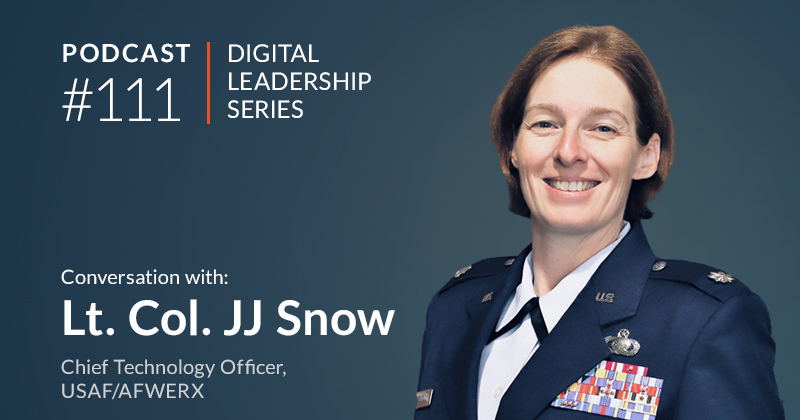Insight Vector: Using Underlay Networks to Securely Connect Global Enterprise IoT Assets
Ed Maguire

Innovation and market perspectives from leading IOT innovators
Expeto is a startup focused on offering secure, private LTE Network-as-a-Service to enterprises that need to connect and manage mission-critical, control-oriented IoT applications. Our conversation with Ryley MacKenzie of Expeto highlighted the key distinctions between an overlay network (an LTE cellular network managed by a carrier) and an “underlay” network – a secure, configurable, privately managed network that enables enterprises to deploy IoT assets globally while maintaining controls. The key to IoT success is business value. You can’t manage what you don’t measure – furthermore, you can’t measure what’s not connected! Expeto is focused on enabling enterprises to get the most value from LTE technologies in their own way.
|
|
Ryley MacKenzie |
Ryley's passion is to build things. He has been part of a number of successful startups, one of which was acquired by Oracle. Ultimately motivated by creating disruptive technologies, Ryley has a great sense for marrying disruption technologies with critical business requirements resulting in differentiated value.
What IoT challenges are at the core of Expeto's origins?
IoT is in its infancy, and still being defined. With over fifteen years of experience in IP telephony and traditional telecom, the cofounders saw a significant gap between what was being offered in connectivity by cell network providers and vendors around IoT. In industries we work in, big challenges are business continuity and configuration issues. IoT has the potential to mitigate these issues and truly solve difficult problems. Enterprises are finished with vendor lock-in, and they want to solve business problems quickly and cost-effectively.
Expeto is uniquely positioned at the intersection of mission-critical and control-oriented applications. Enterprises need more granular control and flexibility - examples of applications include automated hauling at mine sites, enterprise-specific configurable security for data from well-heads and access to rich data. We see these as problems not sufficiently addressed for enterprises. They may have requirements for LTE, but they need more granular control.
How do you differentiate Expeto from a traditional cellular network?
The Expeto solution is ultimately a combination of overlay and underlay networks. A traditional cellular network is an overlay, yet a lot of LTE service providers believe plugging a SIM card into an asset is the complete answer. Enterprises need a common platform that enables them to create virtual private LTE networks, to be able to bridge them with public networks. This is accomplished by what we call an underlay network.
What can an underlay network provide? Configurable security is of huge value for large organizations because you can implement your own security policies. A global view is important – when the enterprise becomes the “home network” you can spin up underlay networks anywhere in the world. You don’t need silo-ed, custom deployments everywhere. One of our customers, for example, appreciated that Expeto gives them the ability to be innovative - they can quickly deploy IoT elements on their terms, configured for their own requirements.
Can you provide more color into Expeto’s solutions – and what is different from other offerings?
Expeto offers entire LTE core network functionality delivered as-a-service. Our solution enables enterprises to control and manage their own wireless network elements to solve their own unique requirements. Enterprises can deploy their own LTE networks that span both private and public infrastructure. What’s different about the platform is that it uses the methodologies of IT, not telco. We abstract the underlying telco complexities and expose RESTful APIs – which is something business IT departments are familiar with.
Expeto’s differentiation is its cloud-based delivery of underlay network management and control. The platform can be deployed on premise, completely in the cloud or in hybrid fashion - with functions you’d typically find deep within a telco data center, accessible to the enterprise globally. Put differently, enterprises can deploy capabilities wherever they need, whenever they need, as close to the edge as needed, or within their own data center.
What do you see as the biggest misconceptions or misunderstanding in the IoT market?
Given that IoT is still in its infancy, a lot of discussion is around high-profile technologies like wearables and traffic sensors. We see the hype, take a step back and ask, “what is truly important to the enterprise?” For us, IoT means deploying and managing “things” completely differently.
My 8-year-old daughter, for example, is just getting into Legos, and when I show her specific sets like Batman or StarWars, she prefers the classic, foundational blocks to build her own stuff. The specific sets don’t solve her needs – she wants to build what she wants and to use her own imagination. This is analogous to what’s happening across companies and industries. There are a lot of specialized technologies that are great for specific uses, but point solutions are contributing to a silo-ed groupthink approach.
What are key obstacles to IoT adoption?
It’s a mix of business models and freedom of choice. With business models, our customers demand a more value-driven approach. Underlay network-as-a-service is an alternative to monolithic, legacy capital expenditures. SaaS allows geographic flexibility so you don’t need CapEx in every region. Freedom of choice is what enterprises are looking for – a mix of assets has different requirements. Bandwidth needs for example may vary depending on the data generated at a given time or location. Part of our value proposition is that we are not tied to a silo-ed view. When you control the underlay network you ultimately get more out of your existing investments.
An additional obstacle is the struggle between the vision for digital transformation and the reality of today’s operational platforms. The digital folks all want rich data, but the operational platforms were not built for massive data extraction. At Expeto, we enable faster time to value when it comes to digital transformation.
In what domains/industries do you expect successful IoT implementations to gain traction?
We started looking at mission-critical control elements in energy – oil and gas and mining. Now we see more inbound interest from healthcare and manufacturing. We have a platform with a lot of different industry appeal. When you talk about a private network on existing infrastructure, tech people see that there is almost no limit with respect to deployment options. In other words, you can’t manage what you don’t measure – furthermore, you can’t measure what’s not connected!
If you like to meet Ryley in person, we like to invite you to visit our Connected Industry Pavilion at the IoT Solutions World Congress 2017, October 3-5 in Barcelona, Spain.
The third IoT Solutions World Congress is dedicated to Industrial IoT (IIoT) solutions realized through real-world applications, which is Momenta Partners’ specialty. You can meet Expeto and other exciting Connected Industry companies from our ecosystem.
Arrange an appointment in advance or just stop by! You’ll find us at B210 in Hall 5.




